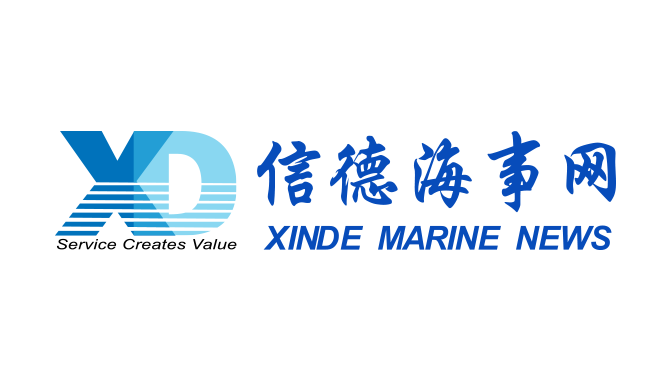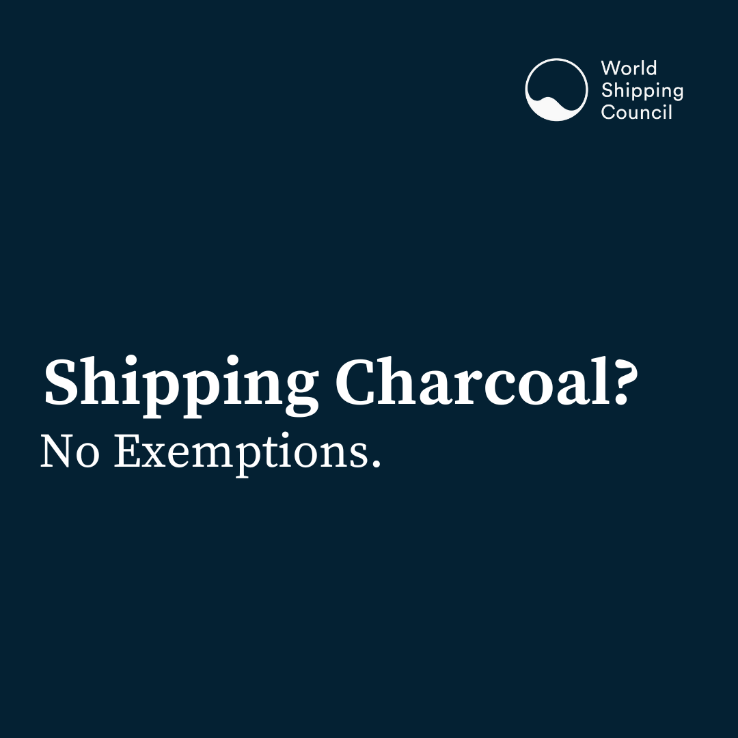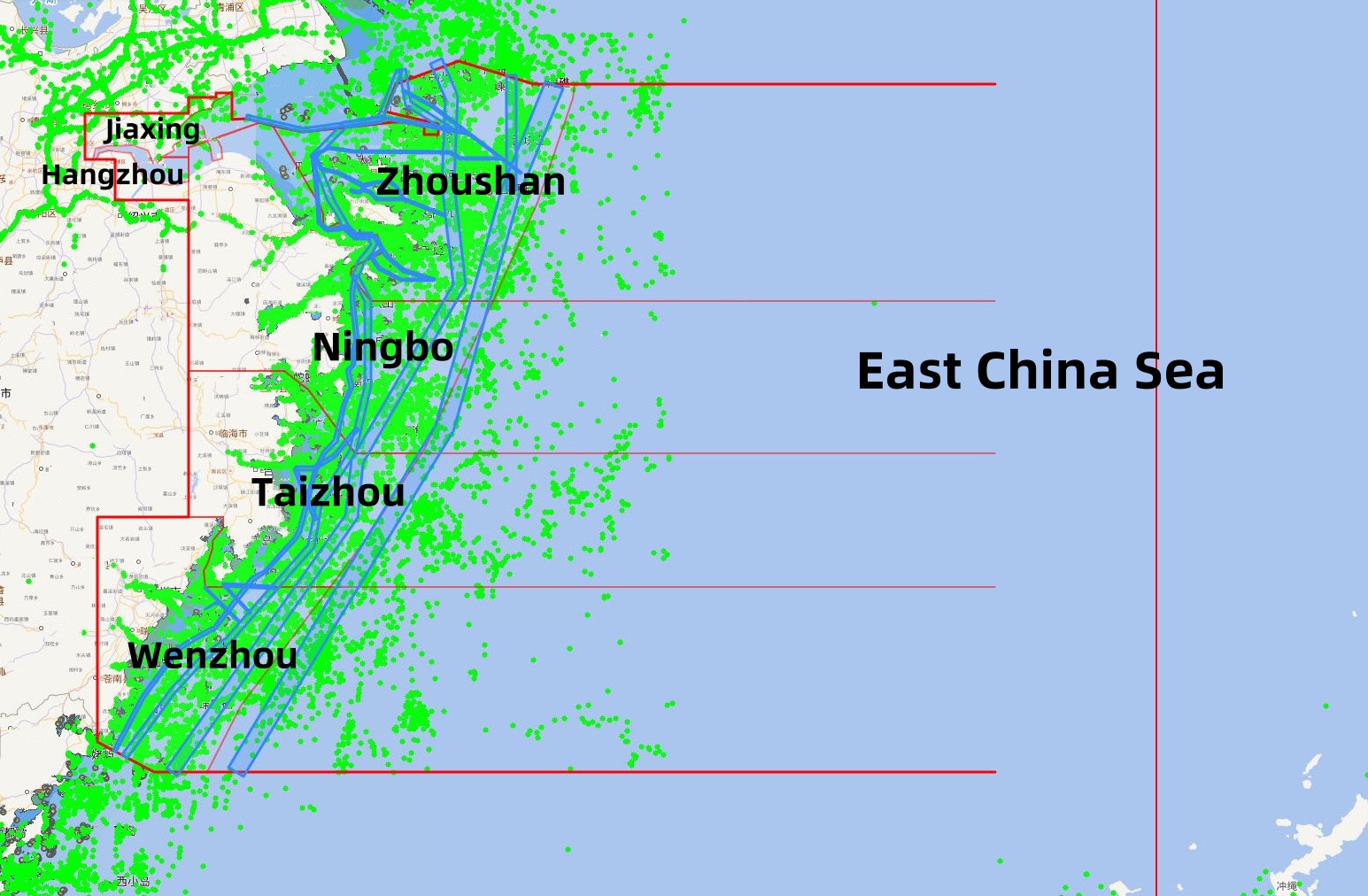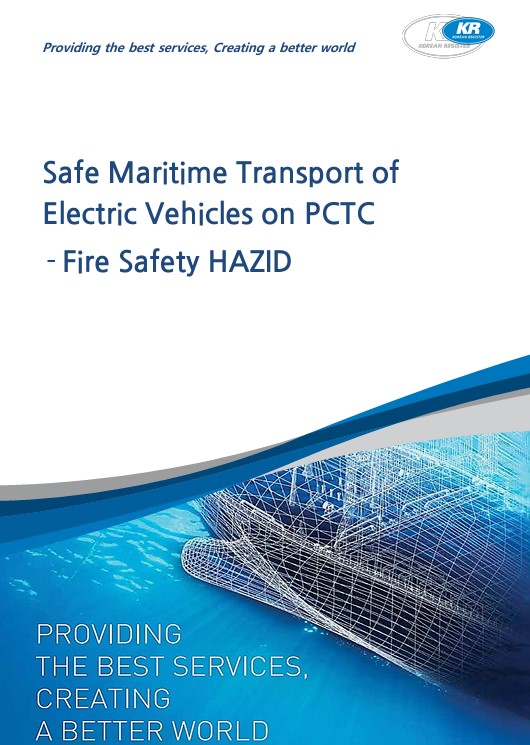On March 01, 2024, the government of the People's Republic of China issued a statement announcing the baselines of the territorial sea adjacent to the north part of the Beibu Gulf.
In accordance with the “Law of the People's Republic of China on the Territorial Sea and the Contiguous Zone” promulgated on February 25, 1992, the Government of the People's Republic of China announces the baselines of the territorial sea adjacent to the north part of the Beibu Gulf of the People's Republic of China.
The baselines of the territorial sea adjacent to the north part of the Beibu Gulf are composed of the straight lines joining the adjacent base points as listed below:

1. Junbi Jiao - 19°21.1′ N , 108°38.6′ E
2. Shenjian Jiao - 19°49.6′ N , 109°09.5′ E
3. Bingma Jiao - 19°54.1′ N , 109°15.7′ E
4. Xieyang Dao - 20°54.2′ N , 109°12.4′ E
5. Weizhou Dao - 21°00.6′ N , 109°05.2′ E
6. Baixugong Jiao - 21°23.3′ N , 108°12.3′ E
7. The first marking point of the demarcation line between China and Vietnam in the Beibu Gulf - 21°28′12.5′′ N , 108°06′04.3′′ E
The Basis of the Delimitation of the Baselines
In accordance with the domestic law, international law and bilateral agreements such as the “Law of the People's Republic of China on the Territorial Sea and the Contiguous Zone", “United Nations Convention on the Law of the Sea” and “Agreement between the People's Republic of China and the Socialist Republic of Vietnam on the Delimitation of the Territorial Sea, the Exclusive Economic Zone and the Continental Shelf of the Beibu Gulf” (hereinafter referred to as the “Agreement”) which is countersigned by the People's Republic of China and the Socialist Republic of Vietnam, the government of the People's Republic of China announces the baselines of the territorial sea adjacent to the north part of the Beibu Gulf. Among the 7 base points announced this time, "Junbi Jiao" is the base point announced in 1996, whereas the base point of " The first marking point of the demarcation line between China and Vietnam in the Beibu Gulf" is determined in accordance with the "Agreement" , the remaining 5 base points are selected from the islands and coastal overhangs on the northern outer edge of the Beibu Gulf in accordance with the provisions of the “United Nations Convention on the Law of the Sea”. The baselines of the territorial sea announced this time are connected with the southwestern end of the baselines of the territorial sea announced by the Chinese government in 1996, filling the blank of the baselines of the territorial sea in the northern water area of the Beibu Gulf (as shown in the above figure).
Impact on Ships
1. Discharge of Water Pollutants from Ships
The MARPOL Convention has made corresponding provisions for the discharge of various water pollutants from ships, requiring that ships must meet certain conditions before they could legally discharge the water pollutants into the sea. One of such conditions is the distance between the position of the ship at the time of discharge and the "nearest land" which in most cases, is usually the baseline of the territorial sea. Therefore, in this sense, the announcement of the baselines of the territorial sea adjacent to the north part of the Beibu Gulf provides a law enforcement basis for the Maritime Safety Administration to investigate and penalize the illegal discharge of water pollutants by ships in this water area. In addition, with the enforcement of the new “Marine Environmental Protection Law of the People's Republic of China”, the MSA will implement more stringent punishment measures against the ships illegally discharge water pollutants into the sea.
2. Reporting Requirements for Ships of Foreign Nationality Entering the Territorial Sea of the People's Republic of China
With the announcement of the baselines of the territorial sea adjacent to the north part of the Beibu Gulf, the scope of corresponding territorial sea has been determined accordingly. In accordance with the“Maritime Traffic Safety Law of the People's Republic of China”, ships of foreign nationality entering the territorial sea of the People's Republic of China shall submit report to China MSA, otherwise the MSA will impose administrative penalties on the ships violating the law.
Huatais' Suggestions
To avoid administrative penalties on ships for non-compliance with applicable conventions, regulations or standards, it is recommended that:
When discharging water pollutants (such as oily wastewater, wastewater containing noxious and harmful liquid substances, sewage, garbage, etc.) in this water area and its adjacent waters, ships shall ensure that the distance between the position of the ship at the time of discharge and the nearest baseline of the territorial sea meets the requirements of international treaties concluded or acceded to by the People's Republic of China as well as other relevant standards. In addition, ships of foreign nationality entering the territorial sea of the People's Republic of China, including the territorial sea adjacent to the north part of the Beibu Gulf determined on the basis of the baselines announced this time, to which Article 54 of the“Maritime Traffic Safety Law of the People's Republic of China”applies, shall maintain close contact with their agents and promptly report to MSA in accordance with the applicable regulations.
source:
Huatai Insurance Agency & Consultant Service Ltd.
The opinions expressed herein are the author's and not necessarily those of The Xinde Marine News.
Please Contact Us at:
media@xindemarine.com


 Reporting Requirements for Foreign-flagged Ships En
Reporting Requirements for Foreign-flagged Ships En  Shipping Carriers Move to Prevent Deadly Charcoal F
Shipping Carriers Move to Prevent Deadly Charcoal F  KR, HD KSOE, HD HHI, KSS Line, and Liberian Registr
KR, HD KSOE, HD HHI, KSS Line, and Liberian Registr  Zhejiang Maritime Safety Administration Issues the “
Zhejiang Maritime Safety Administration Issues the “  RightShip Updates Age Trigger for Vessel Inspection
RightShip Updates Age Trigger for Vessel Inspection  KR Publishes Report on Safe Maritime Transport of E
KR Publishes Report on Safe Maritime Transport of E